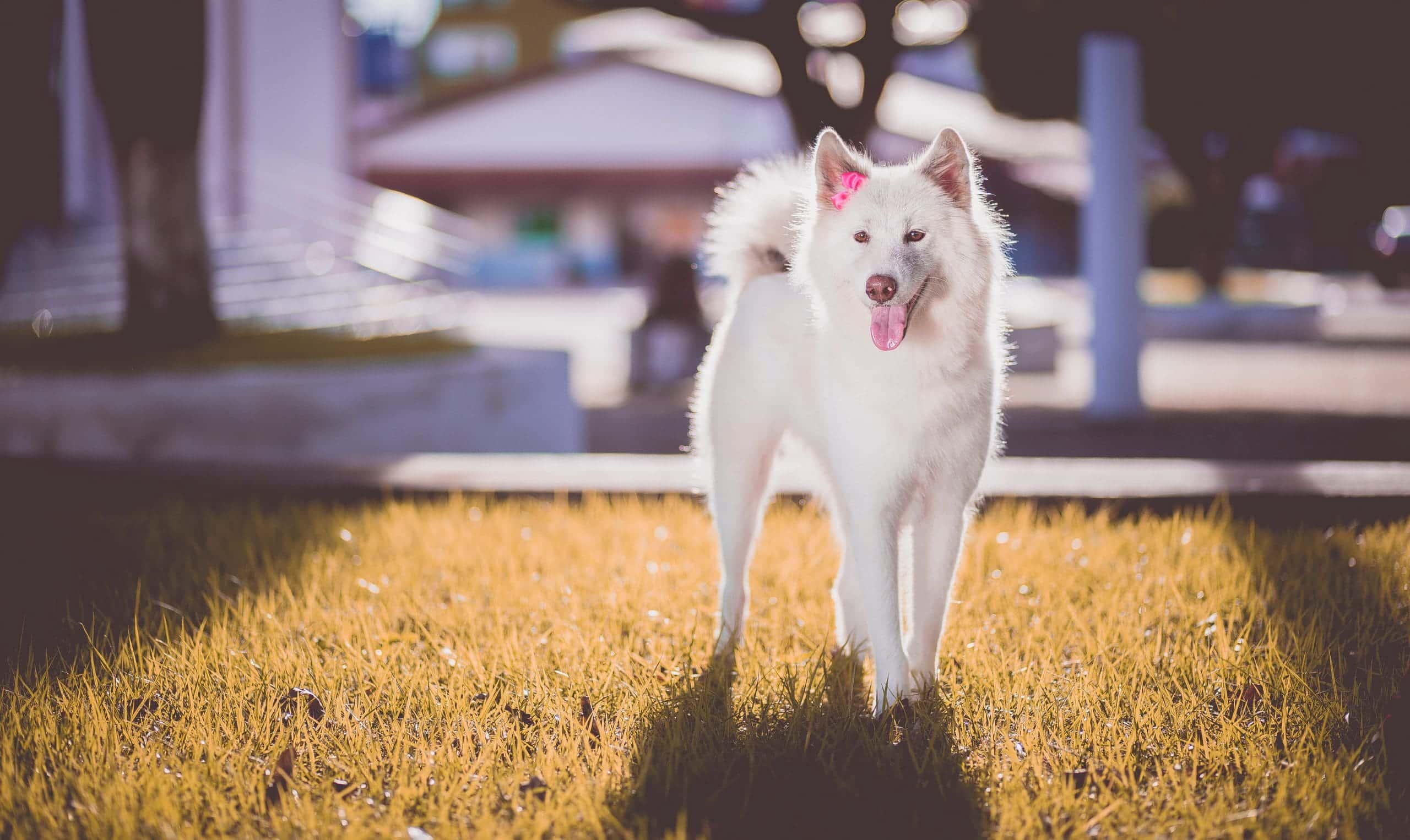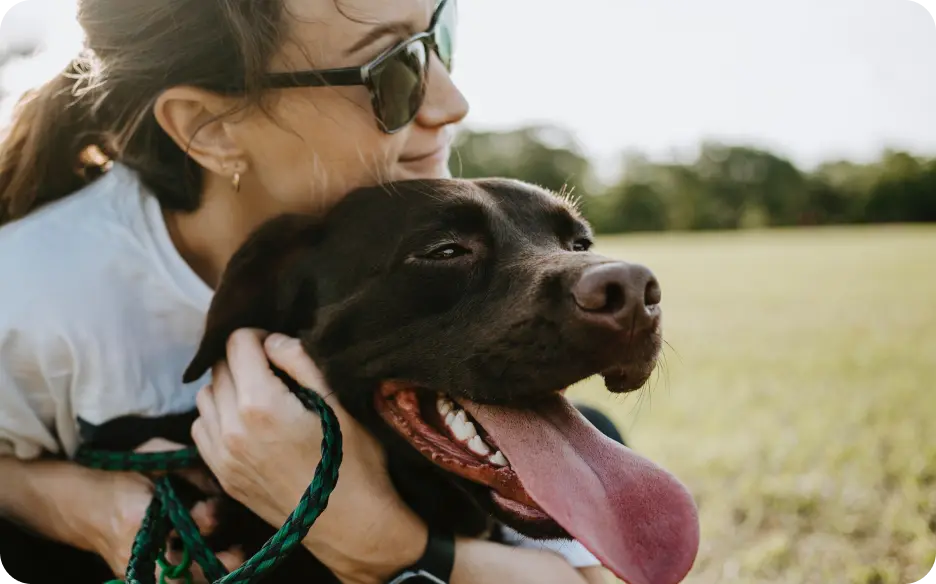As a dog owner, observing your furry friend’s behavior is essential. Each wag of the tail, tilt of the head, and unique way of walking reflects their emotional state. If you’ve noticed your dog walking sideways, it can be perplexing and concerning. This behavior can stem from various factors, from physical issues to behavioral quirks.
Physical Reasons for Sideways Walking
One possibility for your dog’s sideways gait is a physical condition affecting their body. Dogs, like humans, can suffer pain or discomfort in their joints, muscles, or bones. Conditions such as arthritis or hip dysplasia, as well as injuries, can lead to changes in posture or gait. If a dog feels discomfort in one leg or side, they may shift their weight and walk sideways.
If your dog has a recent medical diagnosis or is older, consider whether their sideways walking might be related to these issues. Look for additional signs of discomfort, such as limping, reluctance to play, or difficulty rising after lying down. If pain is suspected, a visit to the veterinarian for a thorough examination is recommended.
Neurological Concerns
Neurological issues can also explain why your dog walks sideways. Conditions that affect the nervous system, such as vestibular disease, can lead to uncoordinated movements and balance problems. If your dog suddenly begins walking sideways and shows other symptoms like head tilting, falling, or trouble standing, seek veterinary assistance promptly.
In some cases, more serious neurological issues like strokes or brain tumors can result in unusual movements. If your dog exhibits sideways walking along with confusion, seizures, or significant behavior changes, contact your veterinarian without delay. Early diagnosis is crucial for a favorable outcome.
Behavioral Factors
Sideways walking can also arise from behavioral issues. Dogs are creatures of habit, and changes in their environment may trigger stress or anxiety. Anxious dogs might exhibit unusual behaviors, including walking sideways, especially after significant changes like moving homes or introducing new pets.
Monitor your dog’s environment and routines for any factors that might be causing anxiety. Creating a stable atmosphere can help alleviate stress. Regular exercise and mental stimulation can also provide a healthy outlet for energy and anxiety.
Playful Quirks
Sometimes, dogs walk sideways as a playful or quirky behavior. Some dogs have unique ways of moving that might seem odd to us but are completely normal for them. A sideways gait during play or excitement can simply be their way of expressing joy. If your dog walks sideways occasionally and appears happy otherwise, it may just be part of their character.
Observing Your Dog
If your dog’s sideways walking is accompanied by other concerning behaviors or becomes more frequent, pay attention to their overall demeanor, energy levels, and any accompanying symptoms. Changes in appetite, sleep patterns, or general behavior warrant a consultation with a veterinarian.
Certain breeds are also more prone to unusual walking patterns due to their physical structure. Breeds with shorter legs or unique body shapes may naturally exhibit a different gait. For instance, dachshunds and bulldogs might display sideways movements as a regular part of their behavior.
Assessing the Situation
When trying to understand your dog’s sideways walking, consider factors like their age, breed, and medical history. Older dogs may develop conditions that affect mobility, while younger dogs might simply be engaging in playful antics. Observing their overall health can help you address any behavioral changes appropriately.
Sometimes, a simple observation in different environments can clarify whether sideways walking is a concern. If your dog walks sideways more frequently on slippery surfaces or uneven terrain, it may be an adaptation to their surroundings. Ensuring a safe and stable walking environment can help reduce this behavior.
Consulting a Veterinarian
If uncertainty about your dog’s sideways walking persists, consult a veterinarian. They can conduct a thorough examination and perform any necessary tests to rule out underlying health issues. Early intervention can significantly improve your dog’s quality of life, especially if a medical condition requires attention.
As a responsible dog owner, it’s crucial to be attentive to your pet’s health and behavioral changes. Whether the sideways walking is due to a physical issue, behavioral concern, or a quirky habit, understanding the cause is essential for providing the best care.
Creating a supportive environment enhances your dog’s well-being. Ensure they have a comfortable space to rest, regular exercise, and opportunities for mental stimulation. Activities such as obedience training, agility exercises, or leisurely walks can strengthen your bond and improve their happiness.
Emotional well-being is equally important. Dogs thrive on interaction and companionship. Spend quality time with your dog through play, training, or simply relaxing together. This attention reduces stress and anxiety, contributing to a happier, healthier dog.
If your dog walks sideways, take the time to observe their behavior and overall health. Each dog is unique, and their individual quirks make them special. Being attentive and proactive ensures your dog remains a joyful part of your life for years to come.
By staying informed about your dog’s behavior and responsive to their needs, you can help them navigate any challenges they may face. Monitoring their health and behavior empowers you to make informed decisions. If unusual movements, such as sideways walking, arise, do not hesitate to reach out to your veterinarian for assistance.



